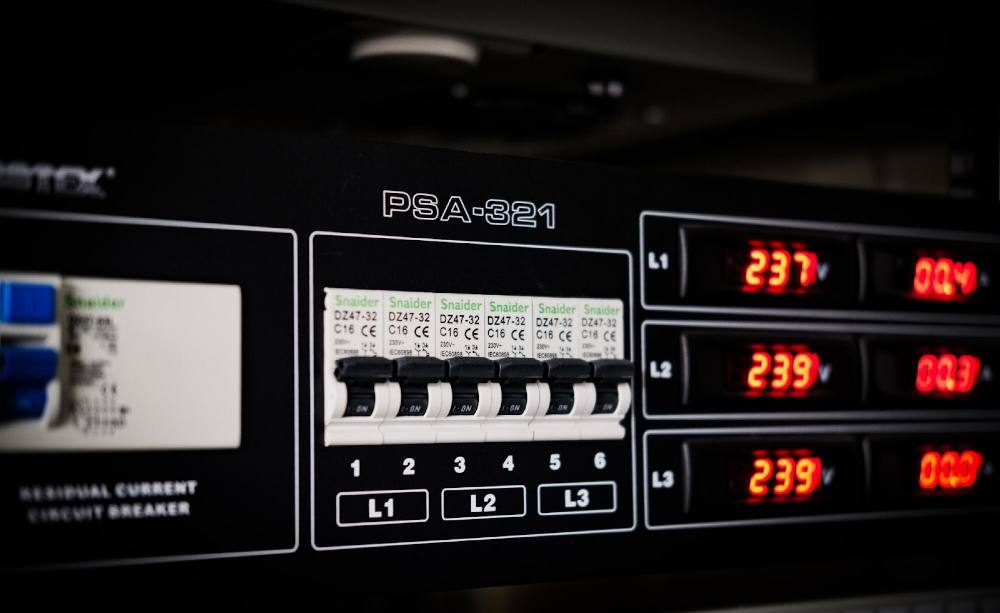Ensuring your home is adequately protected today is more crucial than ever. From intensifying climate risks to rapidly evolving technology, modern homeowners must proactively understand and optimize their coverage. Knowing the essentials of home insurance safeguards your investment and provides critical peace of mind in the face of unpredictable events. For those preparing to protect their property, taking time to research options and buy home insurance backed by reliable providers can make all the difference.
Today’s insurance landscape features new exclusions, region-specific hazards, and changing policy norms. The consequences of being underinsured or misinformed can be significant, from out-of-pocket repair costs to stress during claims. To keep your household and finances secure, it’s essential to stay updated on coverage trends, regularly revisit your policy, and leverage helpful technology built for modern needs.
Understanding Common Exclusions in Home Insurance
A standard homeowners insurance policy might seem all-encompassing, but specific types of damage and losses are often excluded. Flooding, for instance, is not covered by most policies and generally requires separately purchased protection through FEMA’s National Flood Insurance Program. Similarly, earthquake damage and sewer backups are not part of the standard package and must be addressed through additional riders or policies.
Understanding these limitations before disaster strikes is vital for financial security and resilience. The Insurance Information Institute provides an updated explanation of what is and isn’t covered under most homeowners policies, which is worth reviewing when shopping for coverage.
Other common exclusions, in addition to natural disasters, can include damage due to neglect, mold, or pest infestations. These may catch homeowners off guard, resulting in denied claims. Reviewing your policy documents carefully and asking your insurer specific questions about exclusions ensures you’re not left with unexpected costs after a loss.
Regional Challenges and Insurance Solutions
The risks facing your home can vary significantly depending on your location. In high-risk wildfire zones like parts of California, new state regulations have recently required insurers to make more comprehensive coverage available, aiming to lower the number of residents relying on last-resort insurance options.
In Florida, hurricane vulnerability prompted the My Safe Florida Home program’s relaunch, which grants homeowners funds for upgrades such as reinforced roofs, storm shutters, and other hurricane mitigation features. Participation in these state-level initiatives can not only improve home safety but also lead to lower insurance premiums.
Staying updated on your region’s latest insurance initiatives and programs can pay dividends, making your property more resilient and potentially qualifying you for policy discounts and favorable rates. Local governing bodies or state insurance departments are reliable resources to learn about new protection standards, grants, or changes affecting your region.
Impact of Climate Change on Insurance Costs
Escalating natural disasters, driven by a changing climate, are pushing insurance companies to increase premiums, especially in designated high-risk areas. According to a recent study from the U.S. Treasury Department, Americans living in disaster-prone zones now face premiums that can be hundreds or even thousands of dollars higher than those in more stable environments. As insurers reassess risk and update their models, the cost of homeownership will likely continue to rise for those living in vulnerable areas.
For homeowners, this means factoring in new, higher insurance expenses when budgeting or choosing where to live. Premium comparison sites like those featured in The New York Times’ Wirecutter best homeowners insurance guide can help consumers evaluate ongoing changes in the market and find the most competitive rates.
Technological Innovations in Home Insurance
Innovations in technology are rapidly reshaping the home insurance industry. Smart home gadgets—such as water leak detectors, temperature sensors, and security cameras—now allow homeowners to monitor their property remotely, catch developing issues early, and secure potential premium discounts. Insurers are increasingly rewarding clients who invest in these preventative technologies to reduce claims and major losses.
Drones and artificial intelligence are also being deployed for post-disaster property assessments and routine inspections, streamlining the claims process and minimizing the payout timeline. According to Forbes coverage on insurtech trends, these advances not only save time but also help ensure more accurate claim assessments and fairer outcomes for policyholders.
Regular Policy Reviews: A Necessity
Significant renovations and rising construction costs can quickly make your insurance coverage obsolete. An American Property Casualty Insurance Association survey found that 55% of homeowners who undertook significant remodels failed to update their insurance accordingly, putting them at risk for underinsurance. Updating your policy whenever you remodel, upgrade, or even purchase high-value personal property ensures your home’s full replacement cost will be covered should the worst occur.
Setting a calendar reminder for an annual policy review or after any substantial change to your home is a smart step for responsible homeowners, guaranteeing that coverage stays in sync with your property’s current status and value.
Embedded Insurance in the Homebuying Process
Integrating insurance directly into the homebuying journey—often termed “embedded insurance”—is an emerging trend. In this model, builders and real estate professionals present insurance options and facilitate setup before the sale closes.
This up-front strategy delivers transparency for homebuyers, helping them understand coverage and costs before settlement, and lessening unpleasant surprises after moving in. The predictability of this process is especially valuable as more first-time buyers enter the market seeking thorough guidance and security.
This approach fosters a sense of trust among buyers and increases overall satisfaction, as insurance becomes a transparent, predictable aspect of the closing process instead of an afterthought. Many experts believe this streamlined setup will become standard practice for many real estate transactions in the coming years.
Adapting to New Insurance Norms
It’s becoming commonplace for home insurance premiums to exceed $1,500 per year, especially in high-risk states. Builders and homebuyers are encouraged to set realistic expectations regarding regular rates and coverage requirements. Planning for higher insurance expenses in the homebuying or home budgeting process is now essential to remaining properly protected.
Flexibility and foresight are critical—modern homeowners who understand these shifting norms and prepare accordingly avoid coverage gaps and experience greater peace of mind.
Conclusion
In today’s dynamic environment, being an informed homeowner is crucial. Homeowners can ensure their properties are well-defended from unforeseen risks by staying on top of policy exclusions, following regional insurance developments, embracing the latest technological tools, and conducting regular policy reviews. The right coverage is no longer a one-time decision but an ongoing process of awareness and adaptation.




